Computers, and technology in general, have come a long way in today’s world. The modern world is actually shaped and defined through the usage of computers, those neat little gadgets that do the hard work for you. Modern computers are also perfectly capable of entertaining, organizing, reminding, even surprising you. That wasn’t always the case. Here is glimpse of the history of computers and their humble beginnings. These computers may not have been as powerful as modern computers, but they’re old black and white photos are intriguing nevertheless. If for no other reason, then because those old computers were capable of filling a whole room with their robust circuitry. Enjoy these old photos of the first generation of computers.
1. AVIDAC, Argonne’s first digital computer, began operation in January 1953. It was built by the Physics Division for $250,000. Pictured is pioneer Argonne computer scientist Jean F. Hall.
2. A press conference for what is considered the first computer, the Electronic Numerical Integrator and Calculator (ENIAC), was held at the University of Pennsylvania on February 1, 1946. The machine (shown here with a technician) took up an entire room, weighed 30 tons and used more than 18,000 vacuum tubes to perform functions such as counting to 5,000 in one second. ENIAC, costing $450,000, was designed by the U.S. Army during World War II to make artillery calculations. The development of ENIAC paved the way for modern computer technology–but even today’s average calculator possesses more computing power than ENIAC did.
3. The first ever computer in Latvia was developed and made at the start-up Institute of Electronics and Computer Science in early sixties. No computers were made industrially in USSR at that time. Therefore successful completion of that project certainly represented a significant achievement. Built on a lot of vacuum tubes, the computer actually worked well and was used for supporting research activities for several years till the time when it became possible to replace it by a more powerful industrially made computer.
4. The CSIRAC was Australia’s first computer. The name stands for CSIR originally stood for “Council for Scientific and Industrial Research”. This name was in effect from 1926 to 1949.
5. A man and woman working at a Ferranti Pegasus computer. This computer was a classic 1950s/1960s mainframe installation, taking up the majority of space in a room.
6. The computer history at NTNU is much older than the computer departments. The very first computer at NTNU was called DIANA, or DIfferential ANAlysator. This was an analog electronic computer built by Jens Glad Balchen and the Division of Cybernetics in the years between 1952 and 1955.
 RSS Feed
RSS Feed 20.28
20.28
 Inspiration For Us
Inspiration For Us
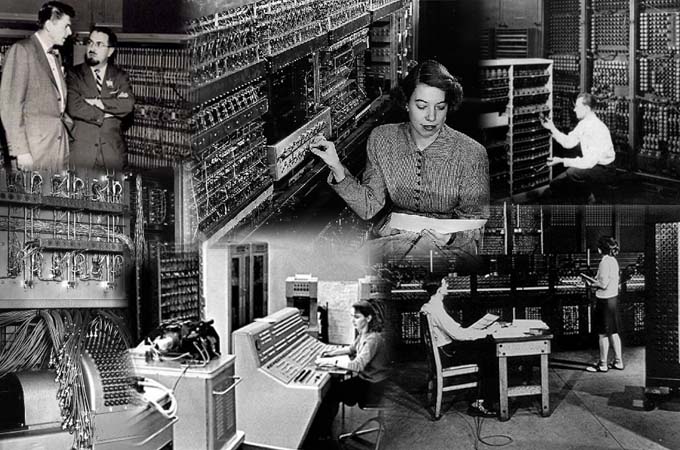
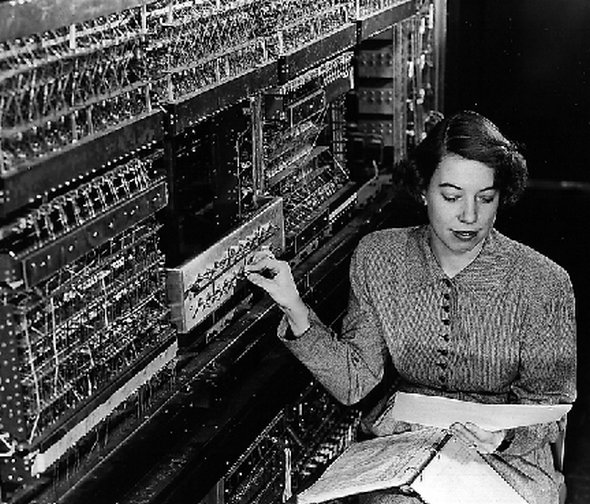
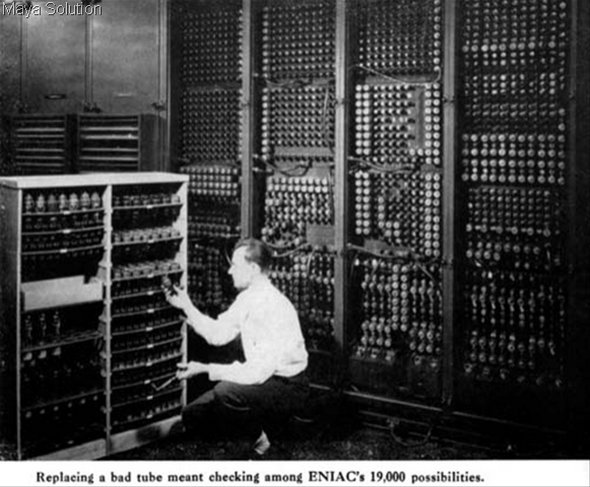
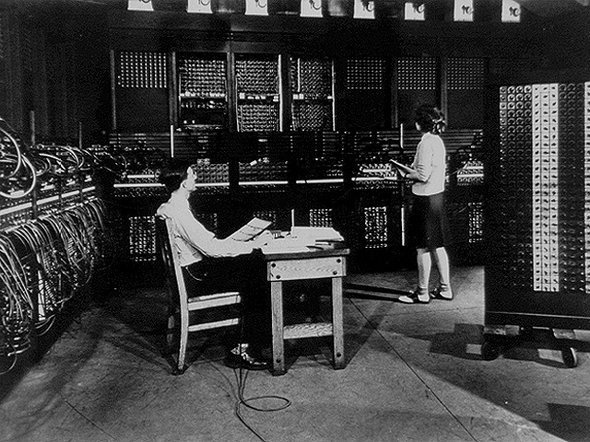
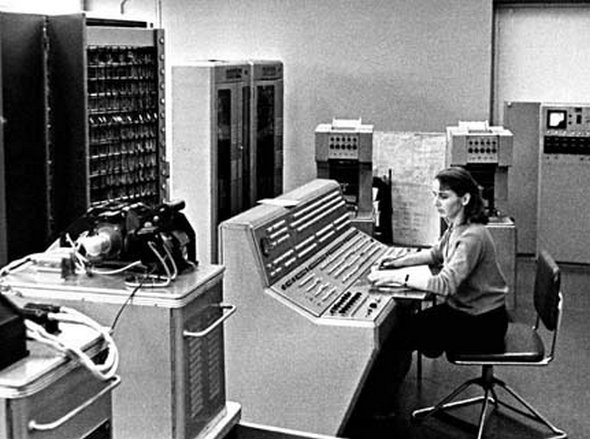
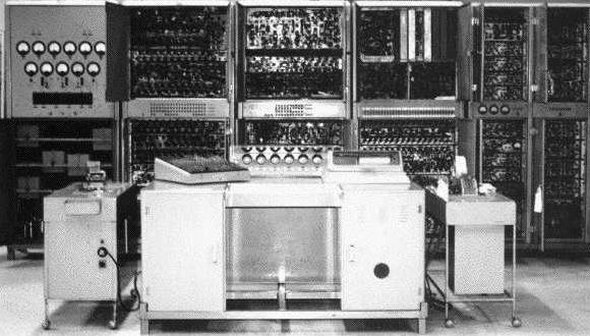
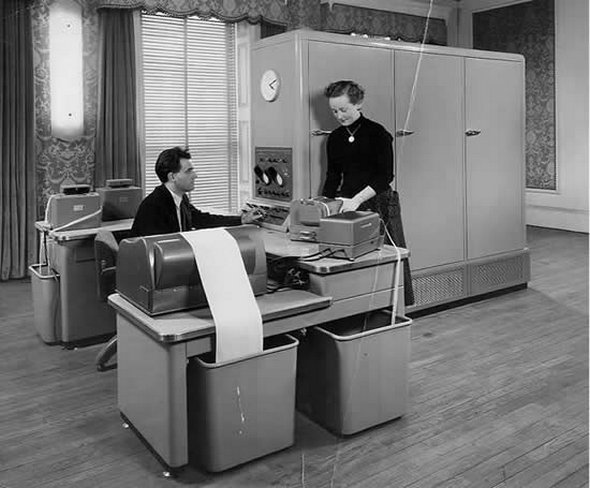
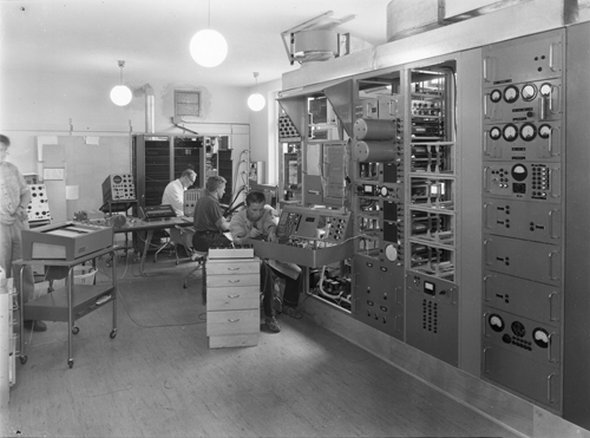

0 comments:
Posting Komentar